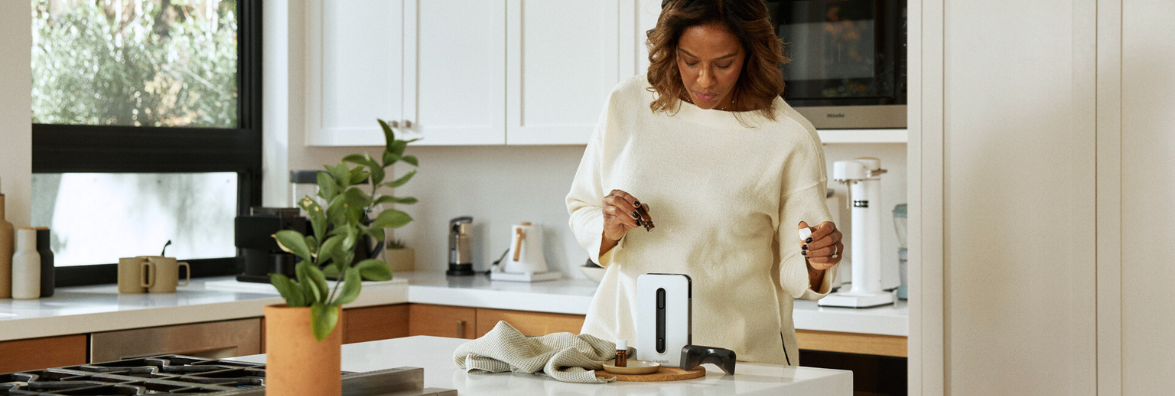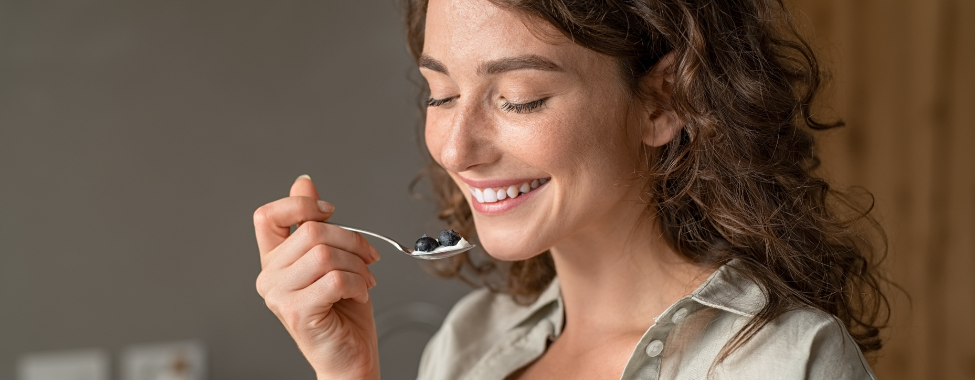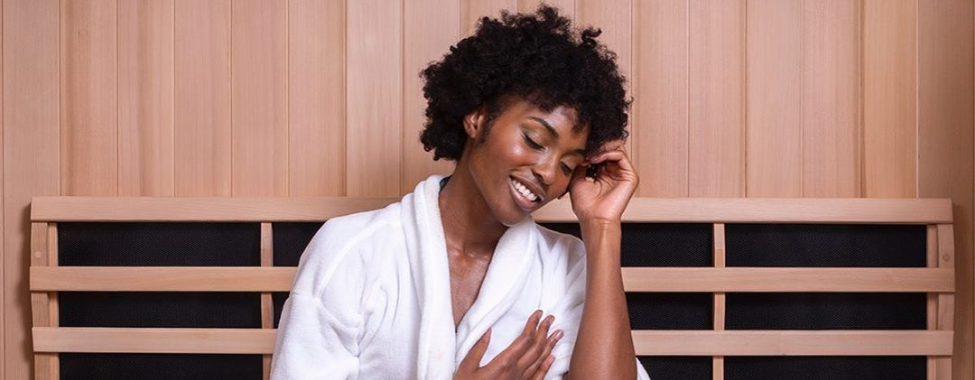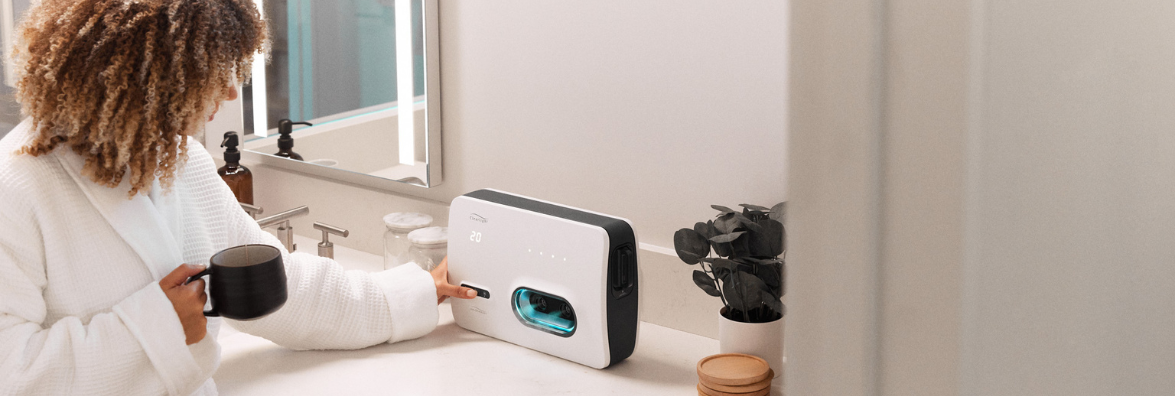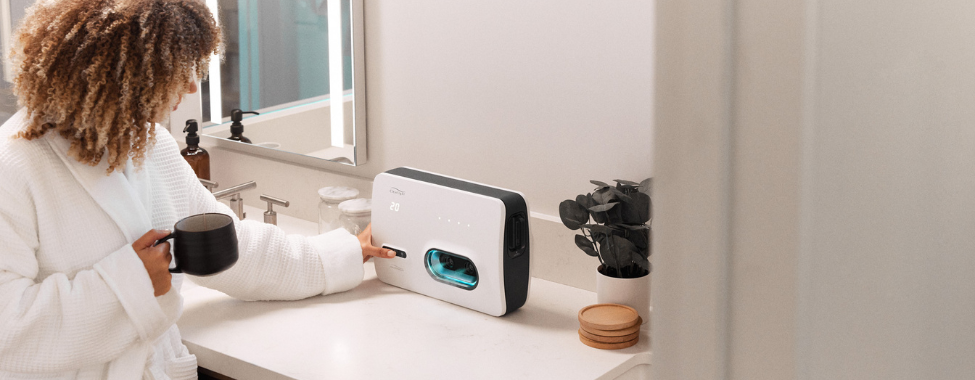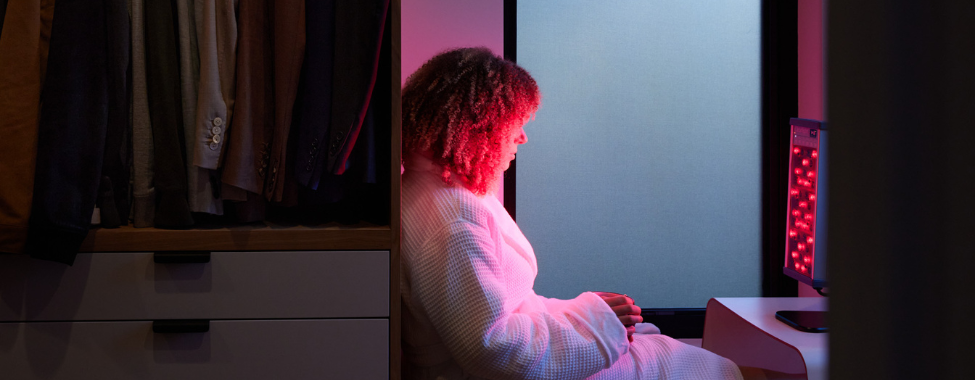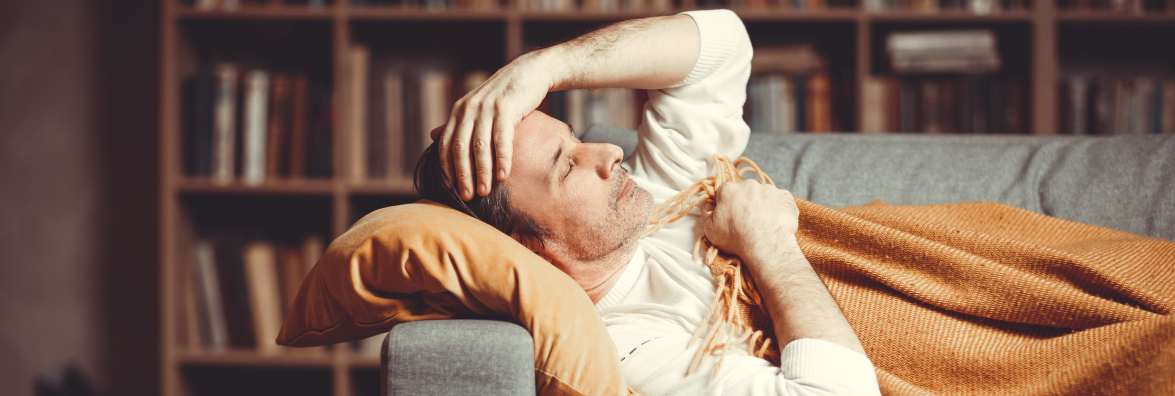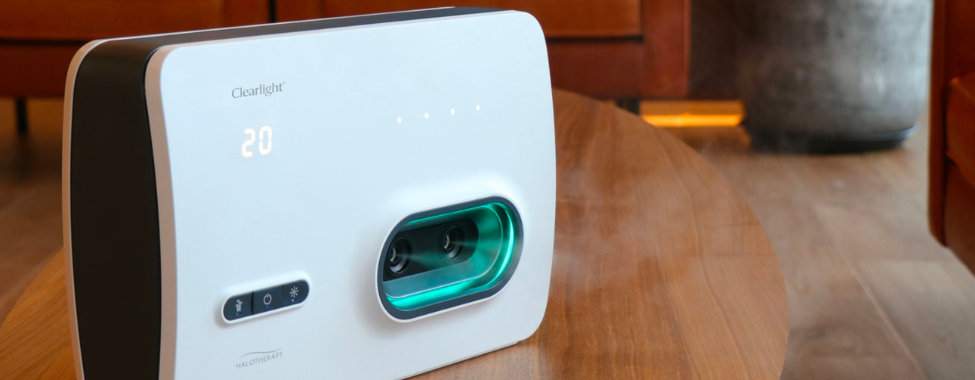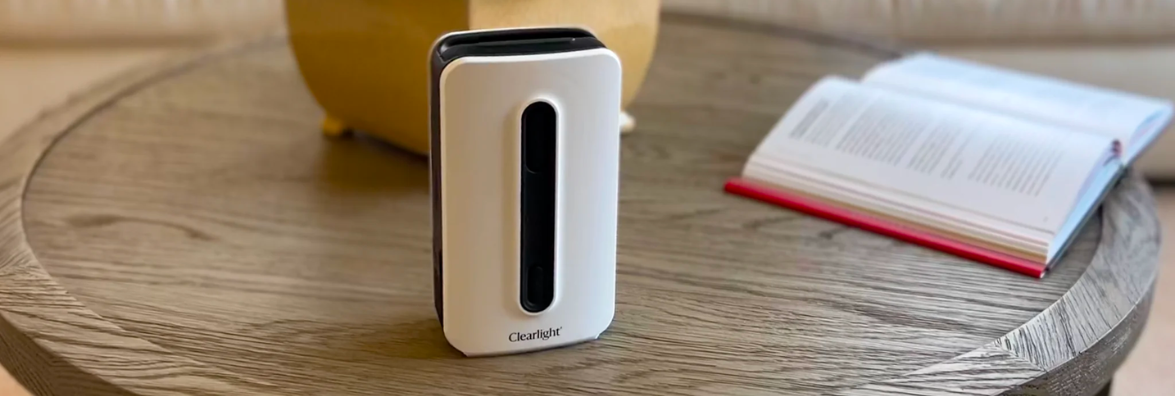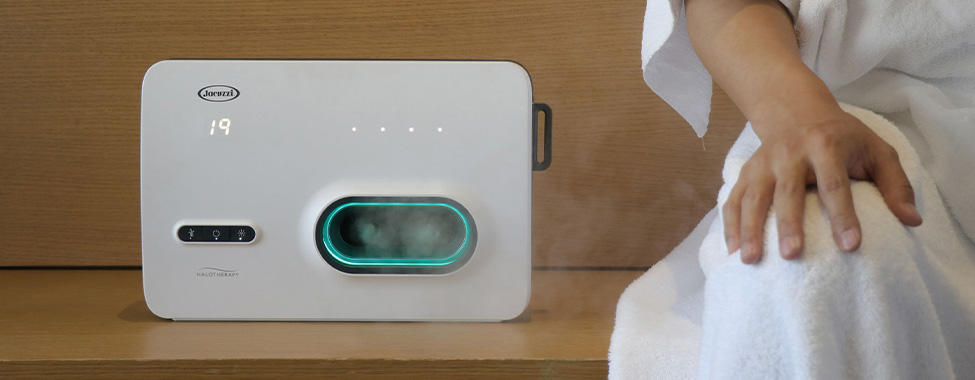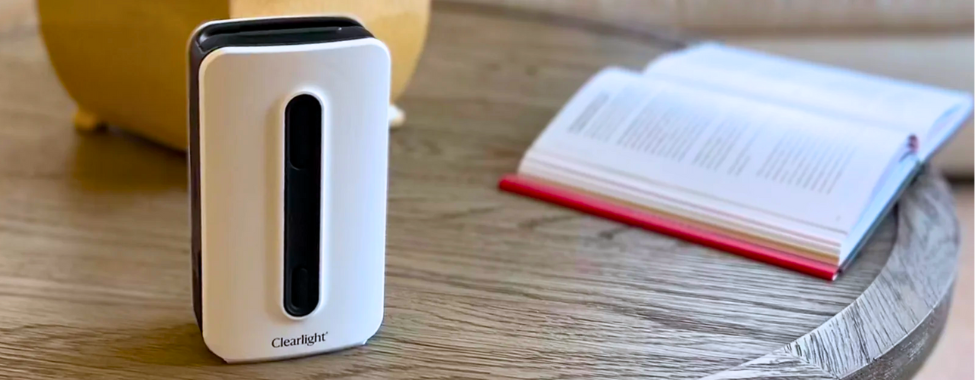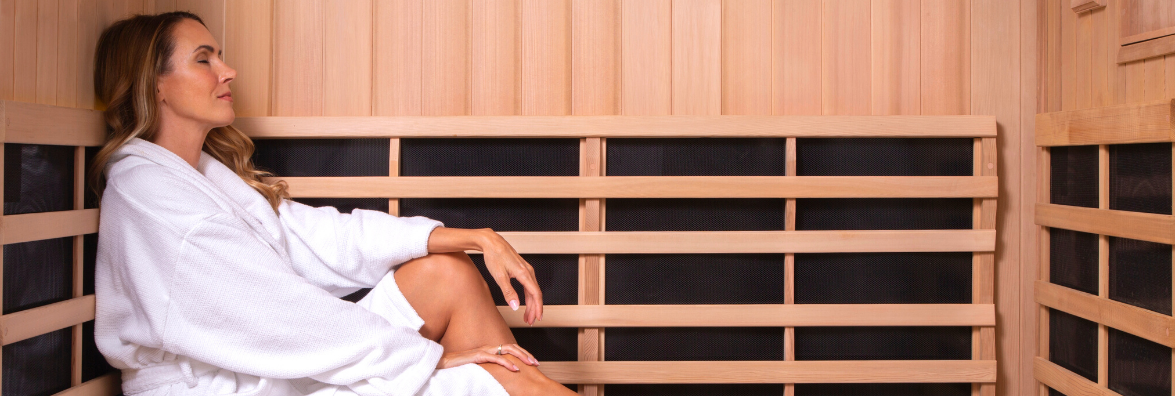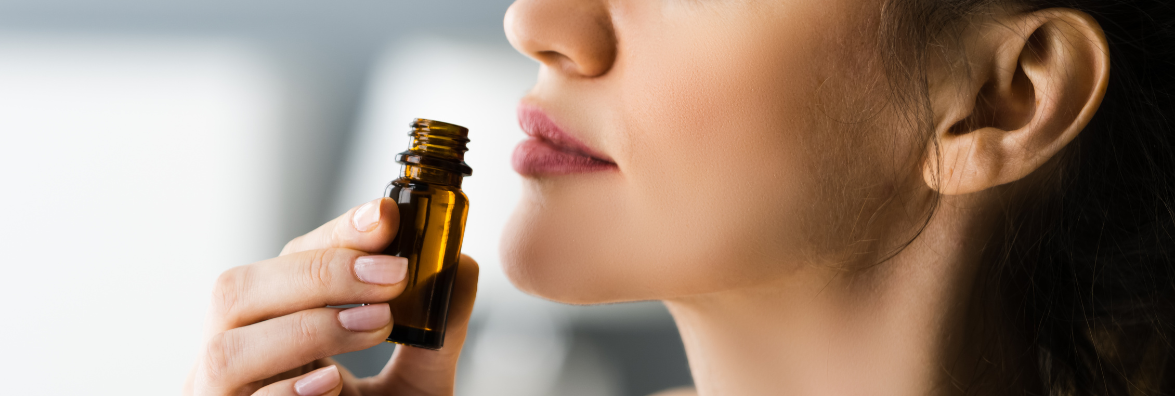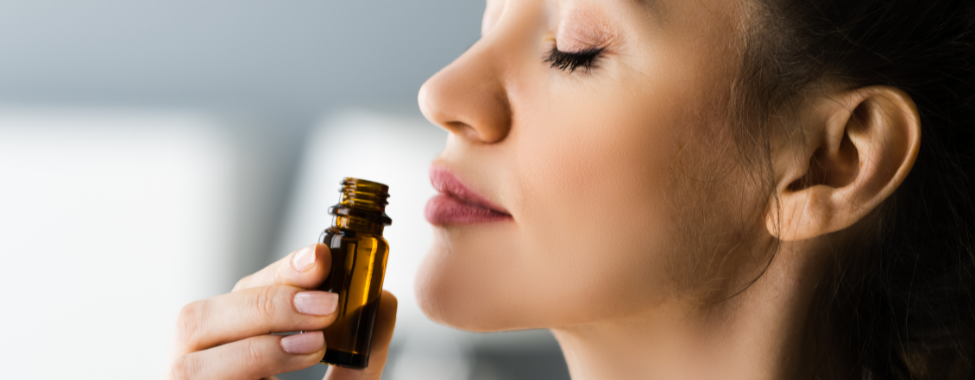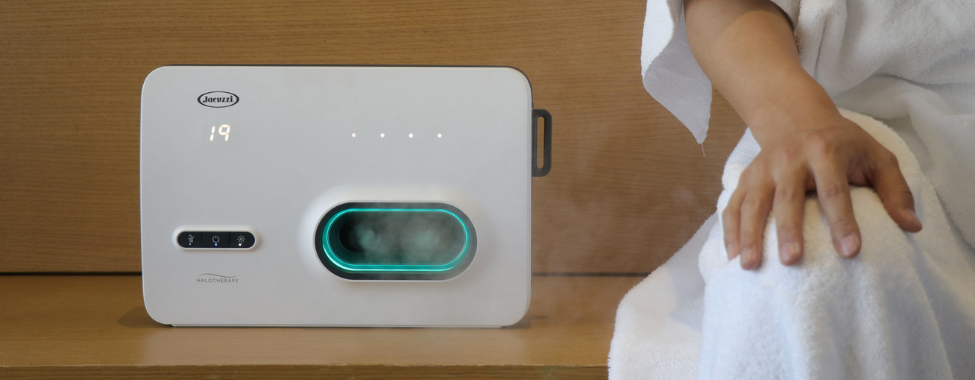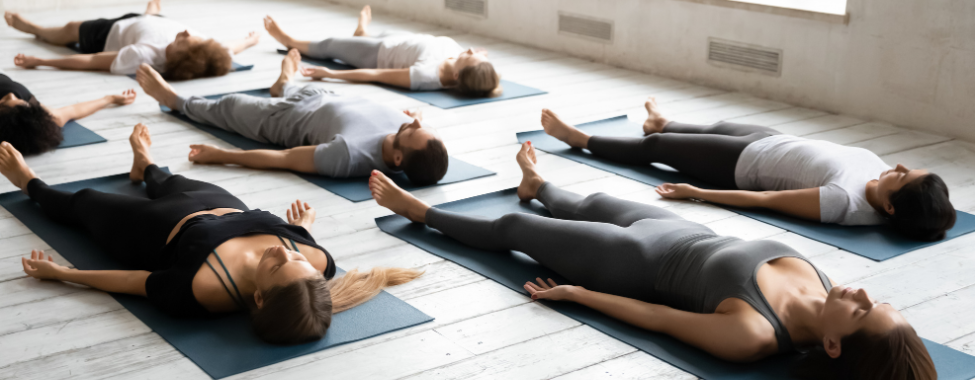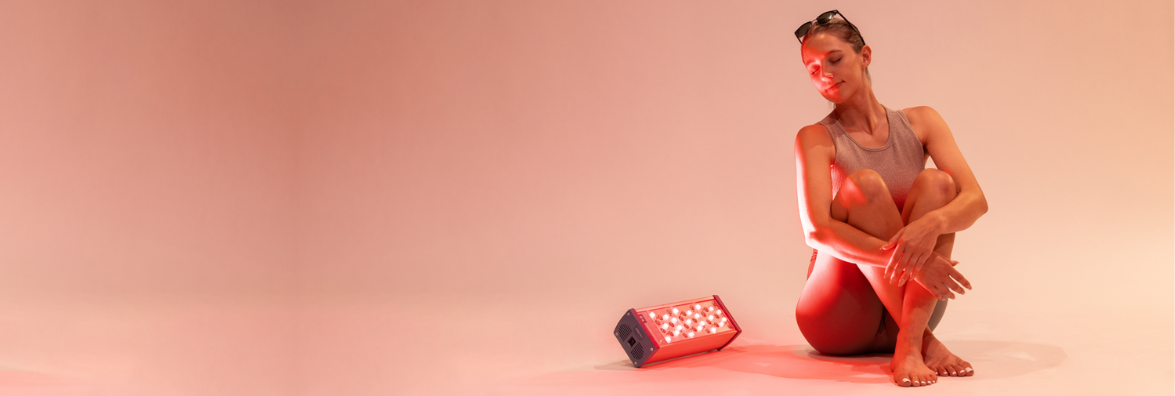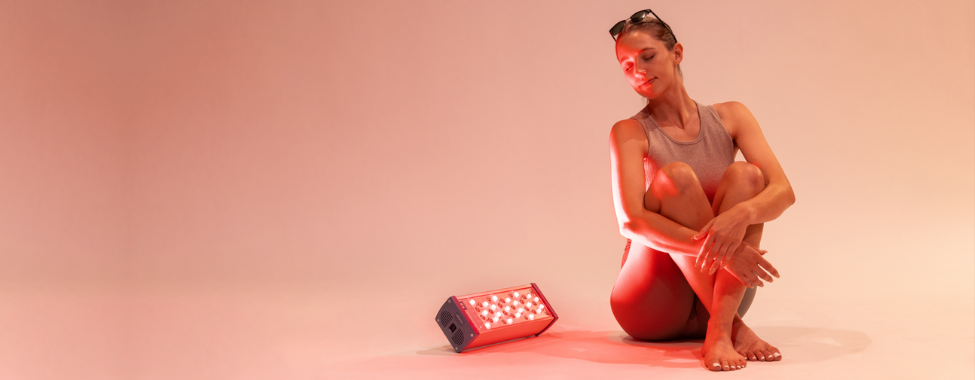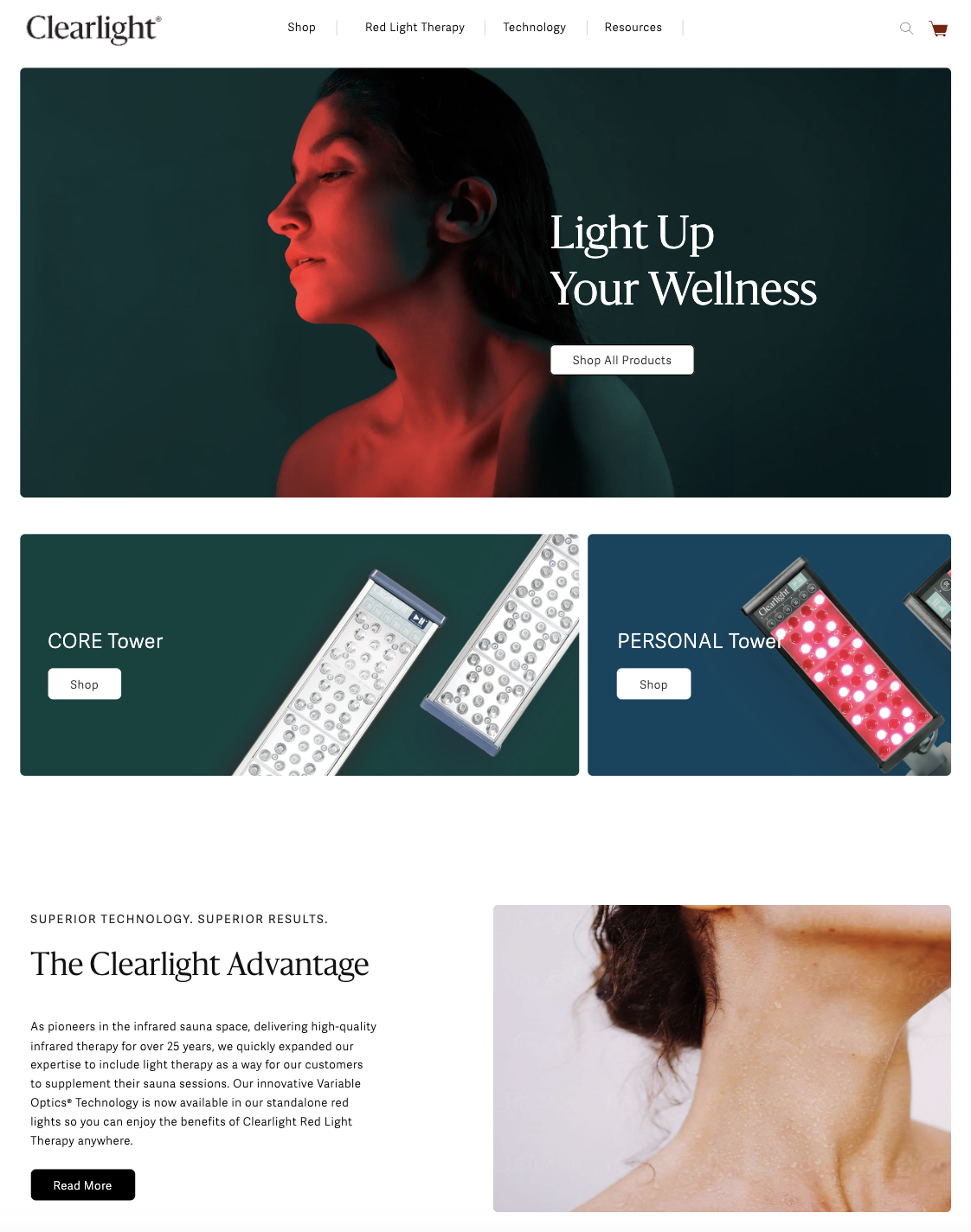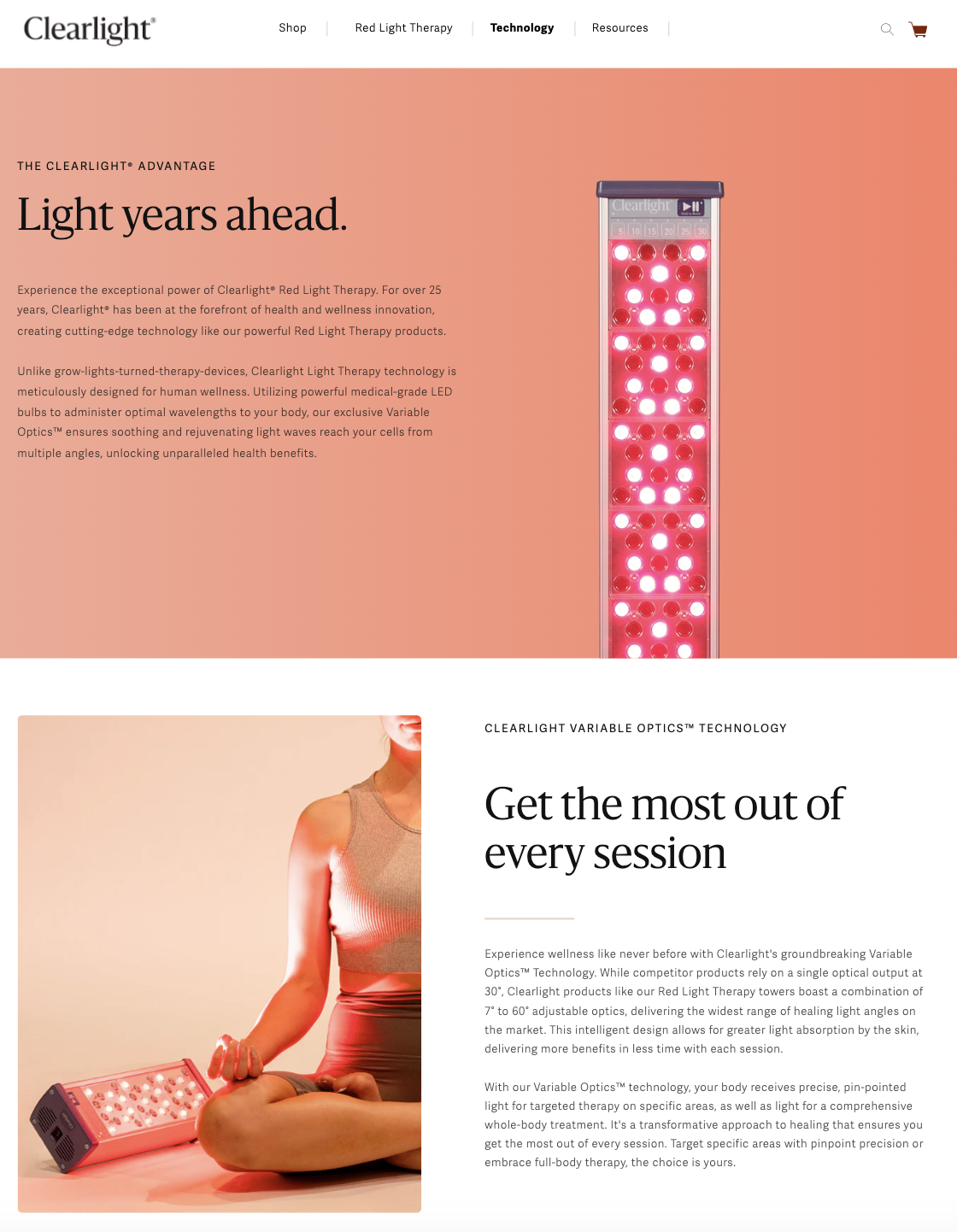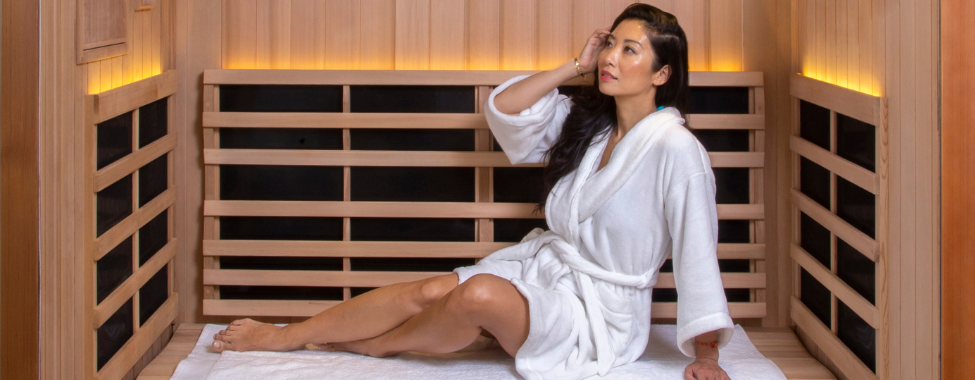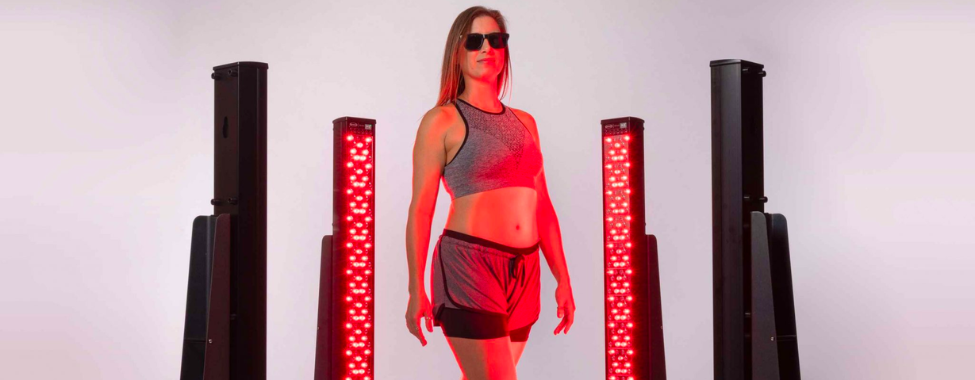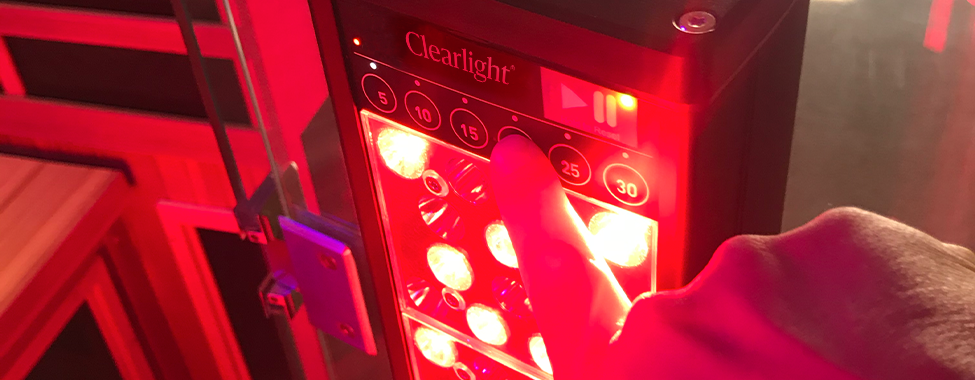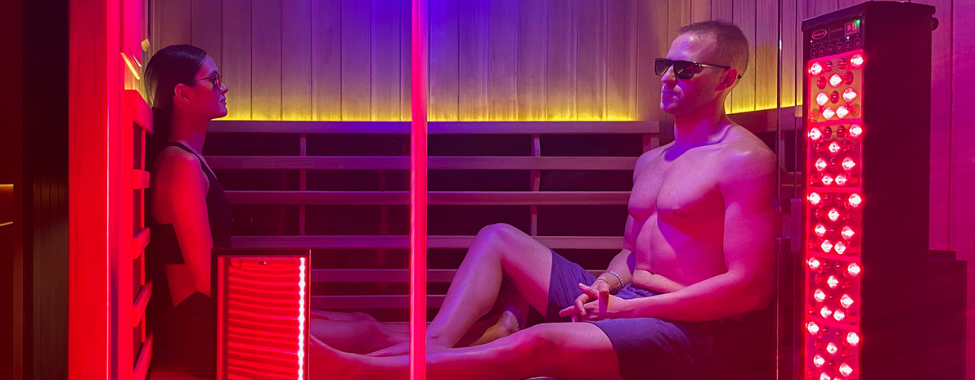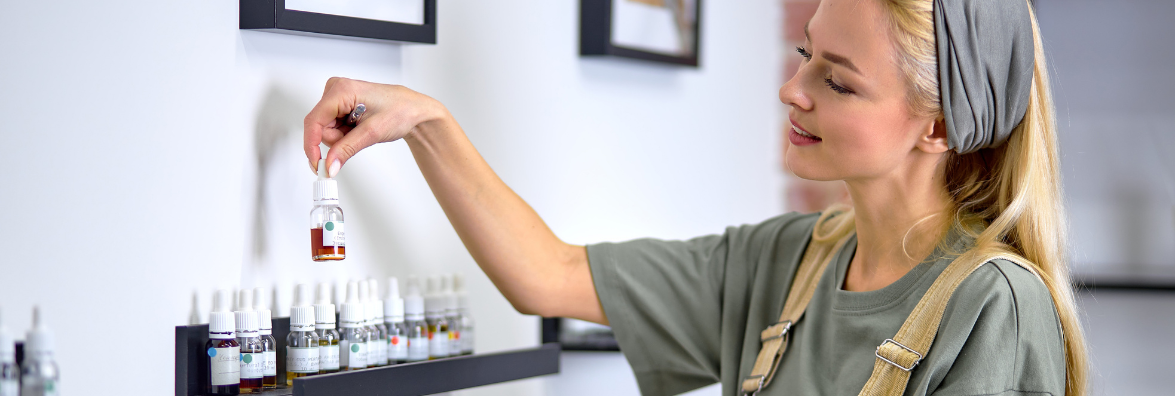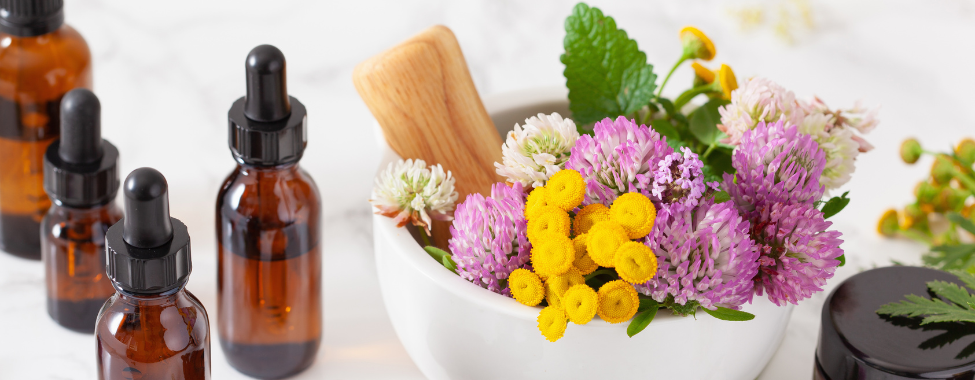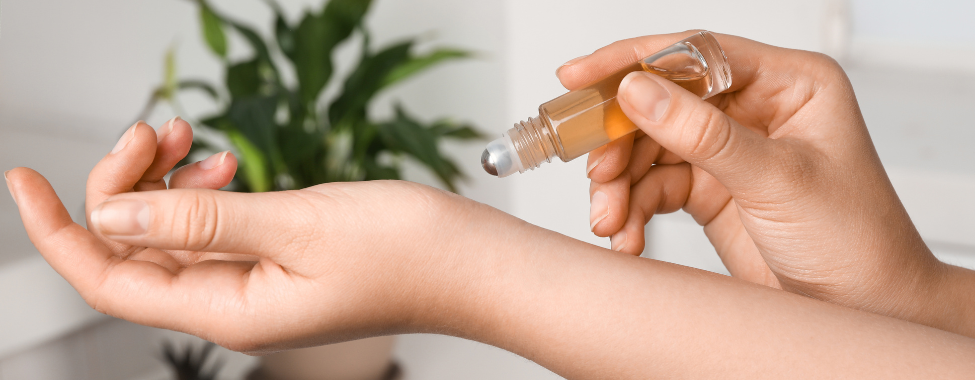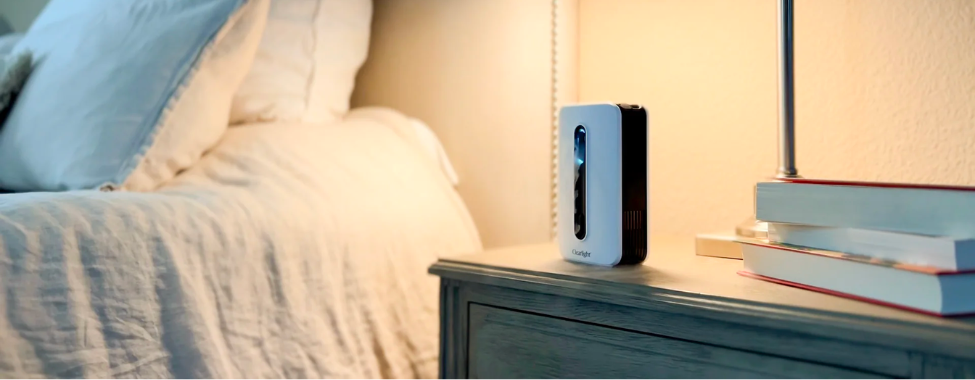In a world full of stress and unrest, the allure of aromatherapy has never been stronger. The soothing scents of essential oils enchant our senses and possess the power to heal, align, and invigorate. Whether you’re a seasoned veteran of essential oils or just warming up to the world of aromatherapy, harnessing the full potential of these botanical wonders starts with knowing how to blend them.
Understanding Aromatherapy and the Art of Blending
At its heart, aromatherapy is the practice of using aromatic plant extracts, commonly known as essential oils, to promote holistic healing. These oils, derived from leaves, bark, peels, flowers, seeds, or even roots, contain the very essence of the plant, imbuing them with potent medicinal properties. Blending essential oils is akin to creating a symphony of healing, where the individual oils play a unique role in achieving a harmonious effect on your well-being.
The Benefits of Essential Oils
Before diving into the skill of blending, let’s explore the vast number of essential oils and their benefits. Oils like lavender aid in calming the mind and body, eucalyptus is a natural decongestant, and the uplifting scent of sweet orange can chase away the blues. Each oil serves a specific purpose, and by combining them thoughtfully, you can enhance their benefits and create a profound therapeutic experience.
For example, the crisp aroma of peppermint is known to relieve headaches, while the warm and spicy notes of cinnamon can help battle infections. When mixed with other oils, their properties can be broadened to improve many facets of life, including mental clarity, digestive health, and somatic well-being.
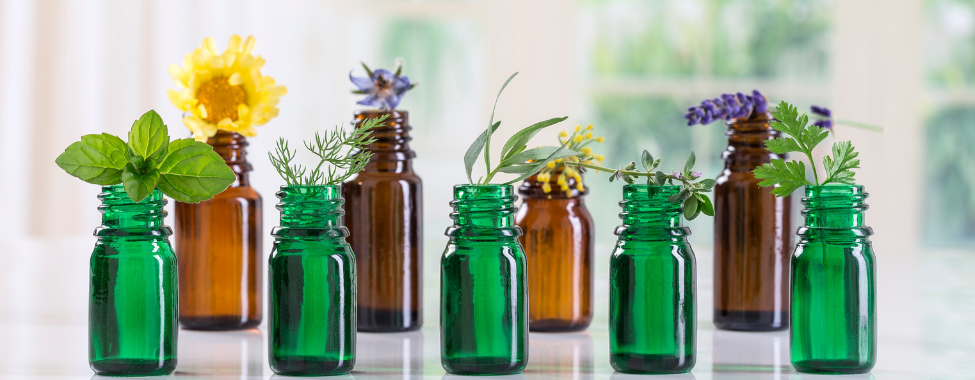
How to Create the Best Essential Oil Blends
Blending essential oils is more than just mixing scents; it’s an art form that demands balance and cohesion. To ensure that your blend resonates with your desired intent, consider the following:
Aligning with Personal Goals
Begin with your objective. Are you crafting a blend to relax after a long day, or do you seek focus and mental clarity? Let your purpose guide your choice of oils. If the goal is to calm your mind, oils like chamomile, geranium, and lavender can work wonders. Or, if you’re looking for an energy boost, grapefruit, rosemary, and juniper can help invigorate your senses.
Harmonizing Scents and Intents
Pairing essential oils that share common benefits or properties can amplify their effects. For instance, combining grounding oils like sandalwood and patchouli with soothing lavender can create a blend that promotes better sleep and relaxation.
Finding the Right Ratio
When blending, the proportion of each oil is crucial. Typically, a balanced essential oil blend consists of a base note (the foundation of the blend, known for its long-lasting scent), a middle note (adds body to the blend, balancing the top and base notes), and a top note (the first scent you experience). A common ratio for a 10ml bottle is 30% base note, 50% middle note, and 20% top note, but adjust as needed for your personal preferences.
Essential Oil Combinations that Blend Beautifully
The key to crafting a memorable essential oil blend is understanding how different scents and properties complement each other. Here are some essential oils that play particularly well together:
- Lavender, peppermint, and eucalyptus form a formidable trio for cold and flu season. With its anti-inflammatory and sedative properties, lavender soothes the nerves, while eucalyptus’s cool, clear aroma opens the airways. Peppermint adds a refreshing note, uplifting the spirits.
- Frankincense and bergamot make a delightful pair for anyone in pursuit of peace and tranquility. Frankincense, an age-old oil used in sacred rituals, promotes a sense of grounding, while bergamot’s citrus and floral notes help alleviate fear and despair.
- Lemon, lime, and orange possess similar uplifting and purifying qualities. When combined, they create a tangy, refreshing blend that can elevate mood and dispel fatigue, helping reduce brain fog without needing the help of caffeine.

Aromatherapy Blends for Health and Wellness
To get you started on your essential oil blending journey, here are a few tried-and-true recipes for day-to-day enhancement:
The Morning Blend
Awaken your senses each morning with this energizing blend:
- 3 drops of Peppermint
- 3 drops of Sweet Orange
- 2 drops of Rosemary
The Pick-Me-Up Blend
A midday refresher to reinvigorate your spirits:
- 3 drops of Eucalyptus
- 3 drops of Peppermint
- 2 drops of Lemon
The Stress-Be-Gone Roll-On
A calming roll-on blend for on-the-go relaxation:
- 10ml of carrier oil such as sweet almond or jojoba
- 4 drops of Patchouli
- 3 drops of Lavender
- 2 drops of Bergamot
The Bedtime Blend
For a peaceful night’s rest, prepare this blend:
- 3 drops of Lavender
- 2 drops of Frankincense
- 1 drop of Roman Chamomile
- 1 drop of Ylang Ylang

Essential Oil Blending Do’s and Don’ts
While essential oils can be potent allies, they should be handled with care. Before you start blending, keep these guidelines in mind.
Do Your Dilutions
Never use undiluted essential oils on your skin, especially not on sensitive areas like the face or around mucous membranes. Always dilute them with a carrier oil, such as coconut, jojoba, or grapeseed oil.
Allergies and Sensitivities
Be aware of any allergies or health conditions you or anyone who may be using the blends may have. Some oils can trigger allergic reactions or interfere with medications, and some are dangerous for use around pets and children.
Quality Over Quantity
Invest in high-quality, pure essential oils. Synthetic oils lack the therapeutic benefits of natural ones and can even be harmful. Look for oils that are 100% pure and preferably organic.
Pregnant Pause
If you are pregnant or nursing, consult with a healthcare professional before using essential oils, as not all oils are safe for use during these times.
Patience is a Virtue
While your essential oil blend can be used immediately, allow your blend to rest and ‘mature’ for at least 24 hours before use for best results. This gives the oils time to meld and the scent profile to develop fully.
Inhale and Enjoy
Once you’ve created your essential oil blend, it’s time to enjoy it! If you’re on the go, a roller ball applicator can deliver quick aromatherapy on your wrists or temples. Or, have the scent fill the air and surround you in your own wellness sanctuary with the AROMA ONE® portable aromatherapy diffuser. Whether on your bedside table, at your desk, or in your infrared sauna, you can harness the benefits of essential oils wherever you go.
As you venture deeper into the aromatic world of essential oils, don’t be afraid to experiment. Essential oil blending is a highly personal art; what works for one might not resonate with another. Your unique blend is out there, waiting to be discovered – so dive in, trust your senses, and enjoy the olfactory symphony that is aromatherapy. Remember, in the world of essential oils, the nose knows the way.
 Canada
Canada Australia
Australia New Zealand
New Zealand Germany
Germany UK
UK EU
EU Ireland
Ireland Malaysia
Malaysia China
China Japan
Japan
